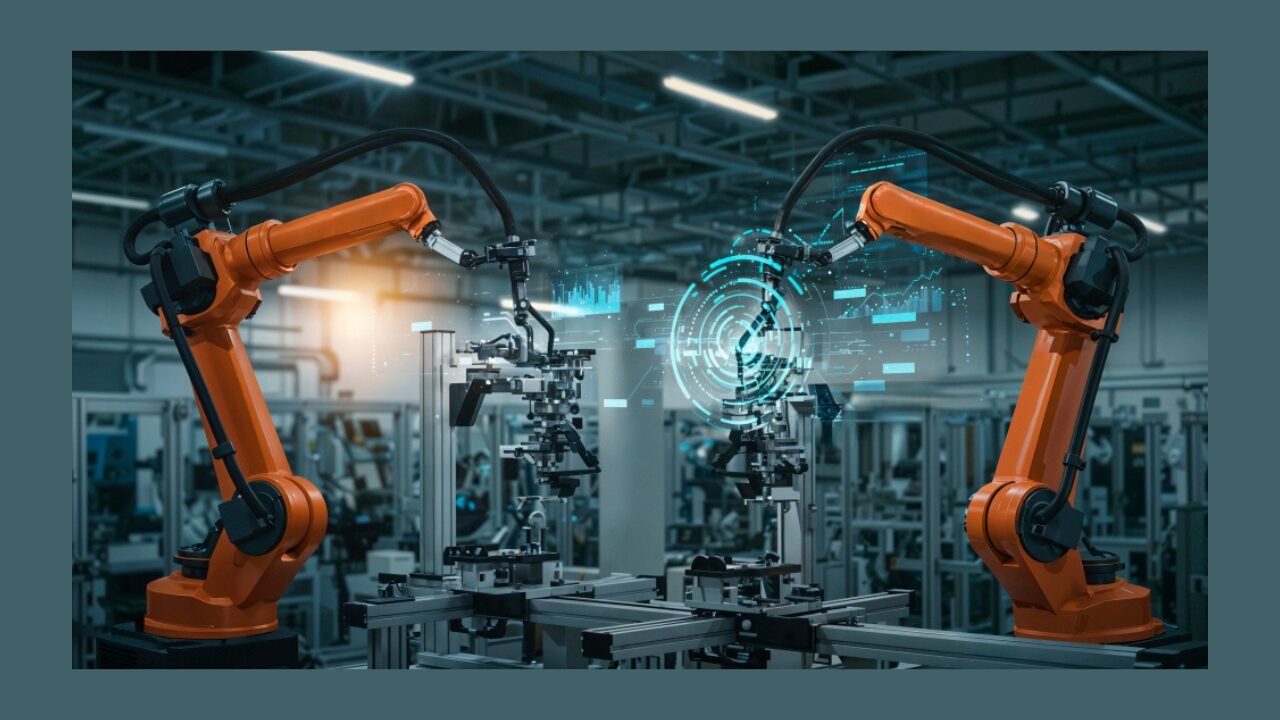From Analogue Duty to Digital Dexterity: Servo Motor Technology’s Ineap (1980 ‑ 2000)

The Early‑1980s Baseline – Analogue Volts and Brushed Rotors
At the start of the eighties, most industrial motion systems were still powered by brushed DC or two‑phase AC induction “servos” driven with ±10 V analogue commands. These motors relied on carbon brushes for commutation and tachogenerators for velocity feedback; position control, when required, was off‑board in a PLC rack. Response bandwidth rarely exceeded a few tens of hertz, and maintenance crews accepted scheduled brush changes as part of life on the plant floor.
Mid‑1980s Materials Breakthrough – The Brushless Revolution
Two converging innovations upended that analogue status quo. First, rare‑earth magnet chemistry (samarium–cobalt and later neodymium‑iron‑boron) delivered flux densities high enough to make permanent‑magnet synchronous motors commercially viable at industrial power levels. Second, newly affordable power transistors let designers embed electronic commutation inside the drive, eliminating brushes. By the late eighties, brushless DC (BLDC) and AC synchronous servos had wrested market share back from stepper motors and legacy DC systems, replacing audible brush arcs with silent, high‑efficiency torque.
1988–1995: Rise of Digital Signal Processors and Early “Smart” Drives
When high‑speed DSP chips appeared, servo amplifiers jumped from scalar V/Hz control to field‑oriented vector control, closing current and velocity loops every few microseconds. The new electronics needed a deterministic way to talk to CNCs and PLCs, and Germany’s machine‑tool industry responded with SERCOS‑I (IEC 61491, 1995), an open, fiber‑optic motion bus capable of sub‑microsecond synchronisation across dozens of axes.
Case Example – Bosch Rexroth MDD112D‑N‑030‑N2L‑130PL2
Introduced in the mid‑1990s, the MDD112D‑N‑030‑N2L‑130PL2 line distilled every one of those advances into a single frame. The ‑030 speed code delivers a nominal 3,000 rpm, while its “D” length package produces 38 Nm of continuous stand‑still torque—comparable to legacy 7‑kW brushed units but in a lighter, sealed IP65 housing. Digital Servo Feedback (DSF) inside the resolver‑sized encoder supplies single‑turn precision to any SERCOS or PROFIBUS drive without extra interface cards, and its neodymium rotor keeps inertia low for <10 ms accel/decel cycles.
Late‑1990s to Early‑2000s – Networking, Diagnostics, and Mechatronic Focus
Once drives spoke a deterministic bus, OEMs re‑imagined machine layouts. Encoder data, fault codes, and energy counters traveled on the same fiber that issued motion packets; engineers could scatter compact servo modules along the machine frame and cabling collapsed to daisy‑chained loops. Drives captured thermal models, stored lifetime energy integrals, and even logged peak‑torque histograms—data that formed the first generation of predictive‑maintenance dashboards. In parallel, motor designers adopted finite-element tools and powder-metallurgy shafts to squeeze higher torque density from each frame size, while standardizing quick-connector power/feedback plugs that dropped cabinet wiring time by half.
Why the MDD112D Still Matters Twenty‑Five Years On
Because the MDD112D arrived at the point where rare‑earth magnets, digital feedback, and open bus protocols converged, its performance envelope remains respectable even in 2025 retrofit projects. A continuous 38 Nm at 3,000 rpm covers palletiser wrists, pick‑and‑place gantries, and mid‑frame extruder screws, and its fibre‑optic SERCOS channel tunnels effortlessly through modern gateway modules into EtherCAT or PROFINET networks. For factories weighing the cost of complete mechanical replacement against incremental modernisation, the motor’s sealed IP65 build and ready supply of refurbished spares let them bolt twenty-first-century control onto twentieth-century iron without redesigning the mechanical power-train—a testament to the durable engineering choices of the 1990s servo boom.
READ MORE
Conclusion
Between 1980 and 2000, servo technology vaulted from analogue volts and carbon brushes to field‑oriented, networked precision drives—an evolution driven by magnet science, power electronics, and real‑time fieldbuses. The Bosch Rexroth MDD112D-N-030-N2L-130PL2 stands as a tangible artifact of that journey: born of 90s innovation yet still relevant in today’s data-driven factories. Its story underscores how each technological milestone—materials, computation, communication—builds a platform that can endure long after the next wave of innovation arrives.
